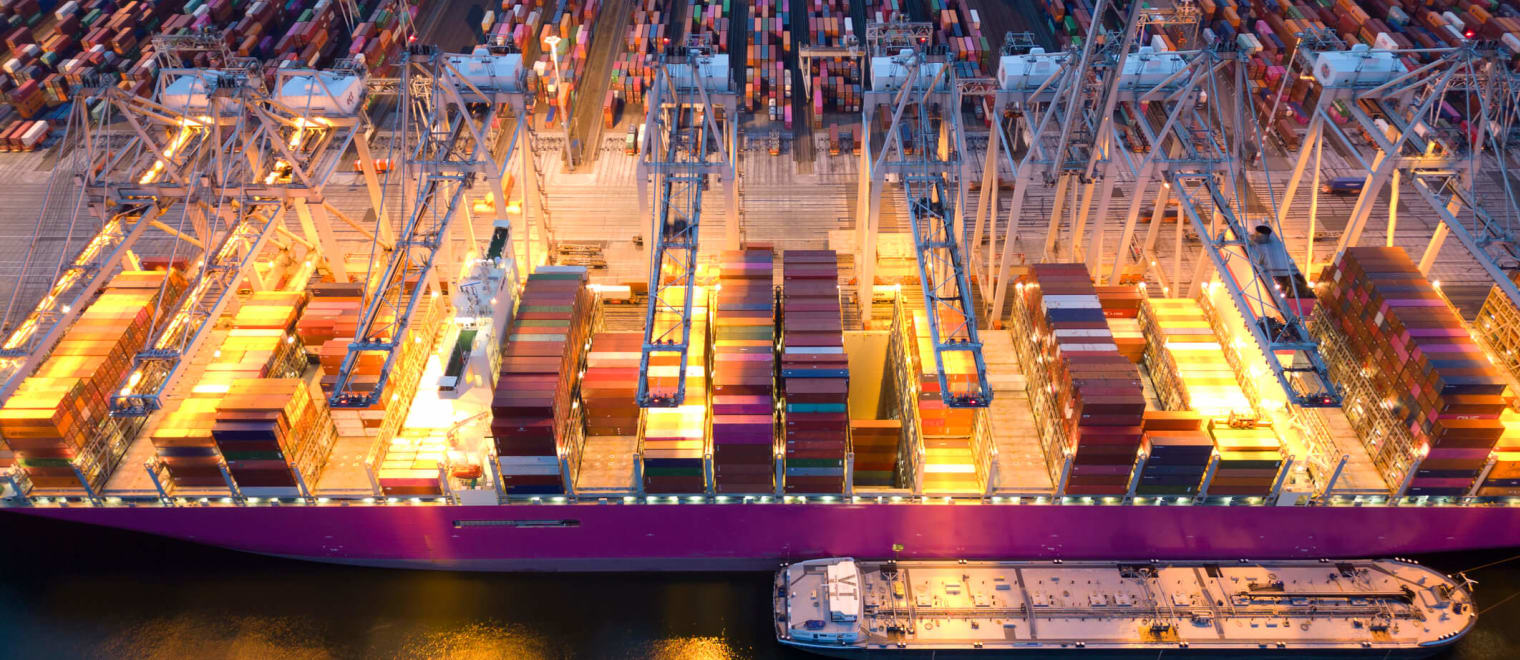This informal CPD article, ‘Terminal Management: Best Practices and Case Studies‘, was provided by TankSkills, who offer consulting and training for oil, gas, marine, and tank terminal industries including tailored HR solutions, efficient staffing models, and strategic recruitment.
Terminal management is a critical component of the logistics and supply chain industry, with its efficiency directly impacting the flow of global trade. Optimized terminal operations reduce bottlenecks, enhance safety, and contribute to environmental sustainability. This article explores key best practices in terminal management, supported by real-world case studies that demonstrate their effectiveness.
Best Practices in Terminal Management
Automation and Technology Integration: The adoption of automation in terminal operations has revolutionized the industry. Technologies like Automated Guided Vehicles (AGVs), Automated Stacking Cranes (ASCs), and advanced Terminal Operating Systems (TOS) reduce human error and increase operational speed. For example, the Port of Rotterdam has implemented fully automated container terminals, which have significantly increased cargo handling capacity while lowering operational costs (Port of Rotterdam, n.d.).
Data-Driven Decision Making: Leveraging data analytics is essential for optimizing terminal operations. By analyzing real-time data, terminals can enhance resource allocation, predict maintenance needs, and improve decision-making. The Port of Singapore uses data analytics to streamline berthing schedules and container movements, reducing waiting times and boosting throughput (Port of Singapore Authority, n.d.).
Environmental Sustainability: As environmental concerns rise, terminals are adopting sustainable practices to minimize their carbon footprint. This includes using electric vehicles, energy-efficient equipment, and green building techniques. The Port of Los Angeles has been a leader in green terminal operations, utilizing electric-powered equipment and renewable energy, resulting in a significant reduction in greenhouse gas emissions (Port of Los Angeles, n.d.).
Safety and Security Protocols: Ensuring the safety and security of terminal operations is paramount. Best practices include regular safety audits, comprehensive employee training, and the use of advanced surveillance systems. The Port of Antwerp has implemented a robust safety management system that includes real-time monitoring of hazardous materials, leading to a substantial reduction in accidents (Port of Antwerp, n.d.).
Customer-Centric Operations: Terminals must prioritize customer satisfaction by offering reliable services, transparent communication, and flexible solutions. The Port of Hamburg, for instance, provides digital platforms for real-time cargo tracking and service bookings, leading to higher customer satisfaction (Port of Hamburg, n.d.).
Case Studies in Terminal Management
Port of Rotterdam: Pioneering Automation The Port of Rotterdam, one of the busiest in the world, has set a global standard with its use of automation. Automated systems, including AGVs and ASCs, have dramatically increased productivity. The port now handles over 14 million TEUs annually, with a 30% reduction in operational costs and enhanced safety by minimizing human exposure to risks (Port of Rotterdam, n.d.).
Port of Singapore: Leveraging Data Analytics The Port of Singapore, the world’s second-busiest, uses data analytics to optimize terminal operations. Real-time data improves berthing schedules, leading to a 15% reduction in vessel waiting times. Predictive maintenance analytics have also decreased equipment downtime by 20%, helping the port maintain its competitive edge (Port of Singapore Authority, n.d.).
Port of Los Angeles: Leading in Sustainability The Port of Los Angeles has made significant strides in sustainable terminal management. The use of electric-powered cargo handling equipment and shore power for vessels has led to a 60% reduction in nitrogen oxide emissions and a 95% reduction in sulfur oxide emissions, setting an example for other ports globally (Port of Los Angeles, n.d.).
Port of Antwerp: Ensuring Safety and Security The Port of Antwerp has implemented a comprehensive safety and security framework. With real-time hazardous material monitoring and advanced employee training programs, the port has seen a 40% decrease in incidents over the past decade. Its safety protocols are considered a model for other terminals worldwide (Port of Antwerp, n.d.).
Conclusion
Effective terminal management is vital for the success of global trade. By embracing best practices such as automation, data-driven decision-making, sustainability, safety, and customer-centric operations, terminals can significantly enhance their efficiency and competitiveness. The success stories of the Ports of Rotterdam, Singapore, Los Angeles, and Antwerp demonstrate how these practices lead to tangible improvements in operations and sustainability. As the logistics industry continues to evolve, these best practices will be essential in meeting future challenges.
We hope this article was helpful. For more information from TankSkills, please visit their CPD Member Directory page. Alternatively, you can go to the CPD Industry Hubs for more articles, courses and events relevant to your Continuing Professional Development requirements.
References
- Port of Rotterdam. (n.d.). Automation in the Port. Retrieved from https://www.portofrotterdam.com
- Port of Singapore Authority. (n.d.). Data Analytics in Port Operations. Retrieved from https://www.singaporepsa.com
- Port of Los Angeles. (n.d.). Sustainability Initiatives. Retrieved from https://www.portoflosangeles.org
- Port of Antwerp. (n.d.). Safety and Security. https://www.portofantwerpbruges.com/en/shipping/safety-and-security
- Port of Hamburg. (n.d.). Digital Platforms for Customer Satisfaction https://www.hafen-hamburg.de/de/startseite/













